WHen I built my blog in 2006 it was completely by accident that I stuck to some sort of branding in the form of an insect (the title of my blog is “A Bugged Life”). Four template changes later, I’ve managed to keep this brand and it’s been known by the local community. I’ve contemplated on going crazy with the idea by building a full mascot outfit of a huge cute bug which can be displaced during new media events. Mugs, tees, stickers — yeah you get the idea.
What sort of personal branding have you done as a blogger to enhance your equity in other spheres apart from the online space? Have you gone crazy with the idea or are you happy with the way your blog is now? Is your blog ubiquitous, allowing it to take on many shapes even off the Internet?
I write this in reference to the resurrection of UK’s Ask Jeeves — based on surveys, despite Jeeves’ departure from the Internet in 2006, he still brings forth a lot of brand recall as “Jeeves” is easier and more fondly remembered than a corporate logo. And in Asia, just look at the brand recognition Ajinomoto has achieved with it’s “Dapur Umami” online cooking class.

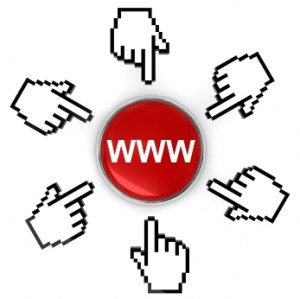
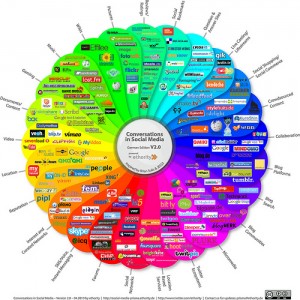
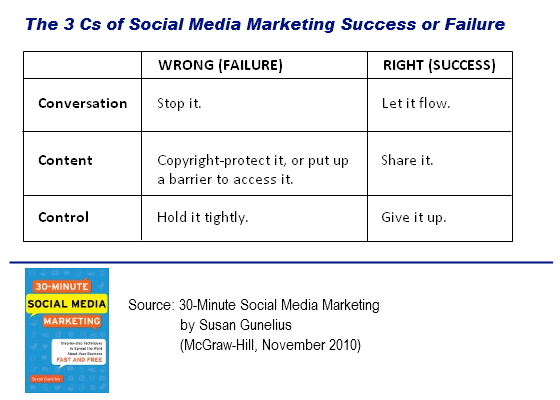
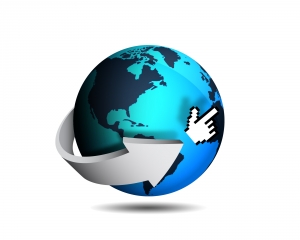 In the worlds of business and marketing, blogs can be an extremely valuable tool for both direct and indirect promotion. However, it’s not as simple as saying blogs are a form of online marketing, because they can be part of a traditional online marketing plan (including banner ads, video ads, and so on) or part of a social media marketing strategy or content marketing strategy.
In the worlds of business and marketing, blogs can be an extremely valuable tool for both direct and indirect promotion. However, it’s not as simple as saying blogs are a form of online marketing, because they can be part of a traditional online marketing plan (including banner ads, video ads, and so on) or part of a social media marketing strategy or content marketing strategy. The press release doesn’t get the credit it deserves in the 21st century. For longer than most of us have been alive, press releases have been a useful marketing and publicity tool that businesses, non-profit organizations, schools, and more use to tell the world about the great things they’re doing. While press releases might not be quite as important to an integrated marketing strategy as they once were, they can still benefit businesses.
The press release doesn’t get the credit it deserves in the 21st century. For longer than most of us have been alive, press releases have been a useful marketing and publicity tool that businesses, non-profit organizations, schools, and more use to tell the world about the great things they’re doing. While press releases might not be quite as important to an integrated marketing strategy as they once were, they can still benefit businesses.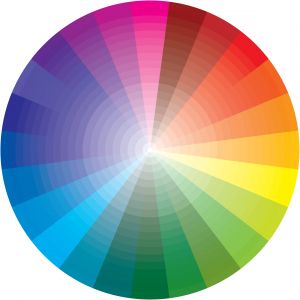 I’m a marketer by profession, and one of the areas of marketing that I find very interesting is color marketing, which focuses on how color affects consumer brand perceptions and purchase behavior.
I’m a marketer by profession, and one of the areas of marketing that I find very interesting is color marketing, which focuses on how color affects consumer brand perceptions and purchase behavior.